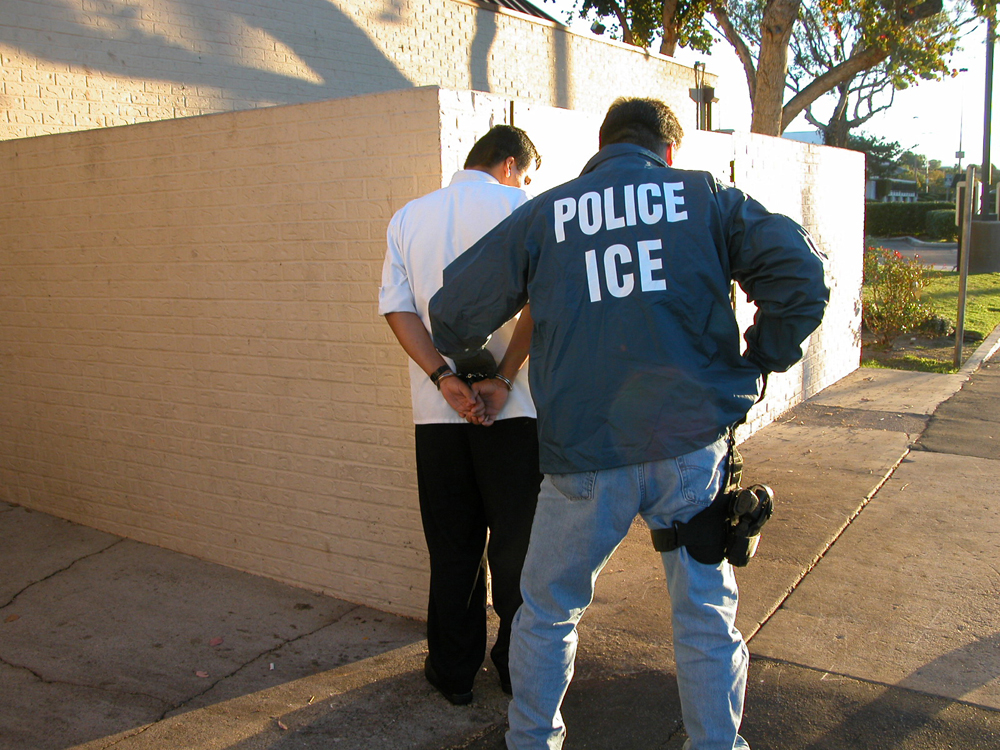| << Chapter < Page | Chapter >> Page > |

Although deviance is a violation of social norms, it’s not always punishable, and it’s not necessarily bad. Crime , on the other hand, is a behavior that violates official law and is punishable through formal sanctions. Walking to class backward is a deviant behavior. Driving with a blood alcohol percentage over the state’s limit is a crime. Like other forms of deviance, however, ambiguity exists concerning what constitutes a crime and whether all crimes are, in fact, “bad” and deserve punishment. For example, during the 1960s, civil rights activists often violated laws intentionally as part of their effort to bring about racial equality. In hindsight, we recognize that the laws that deemed many of their actions crimes—for instance, Rosa Parks taking a seat in the “whites only” section of the bus—were inconsistent with social equality.
As you have learned, all societies have informal and formal ways of maintaining social control. Within these systems of norms, societies have legal codes that maintain formal social control through laws, which are rules adopted and enforced by a political authority. Those who violate these rules incur negative formal sanctions. Normally, punishments are relative to the degree of the crime and the importance to society of the value underlying the law. As we will see, however, there are other factors that influence criminal sentencing.
Not all crimes are given equal weight. Society generally socializes its members to view certain crimes as more severe than others. For example, most people would consider murdering someone to be far worse than stealing a wallet and would expect a murderer to be punished more severely than a thief. In modern U.S. society, crimes are classified as one of two types based on their severity. Violent crimes (also known as “crimes against a person”) are based on the use of force or the threat of force. Rape, murder, and armed robbery fall under this category. Nonviolent crimes involve the destruction or theft of property but do not use force or the threat of force. Because of this, they are also sometimes called “property crimes.” Larceny, car theft, and vandalism are all types of nonviolent crimes. If you use a crowbar to break into a car, you are committing a nonviolent crime; if you mug someone with the crowbar, you are committing a violent crime.
When we think of crime, we often picture street crime , or offenses committed by ordinary people against other people or organizations, usually in public spaces. An often-overlooked category is corporate crime , or crime committed by white-collar workers in a business environment. Embezzlement, insider trading, and identity theft are all types of corporate crime. Although these types of offenses rarely receive the same amount of media coverage as street crimes, they can be far more damaging.

Notification Switch
Would you like to follow the 'Introduction to sociology 2e' conversation and receive update notifications?